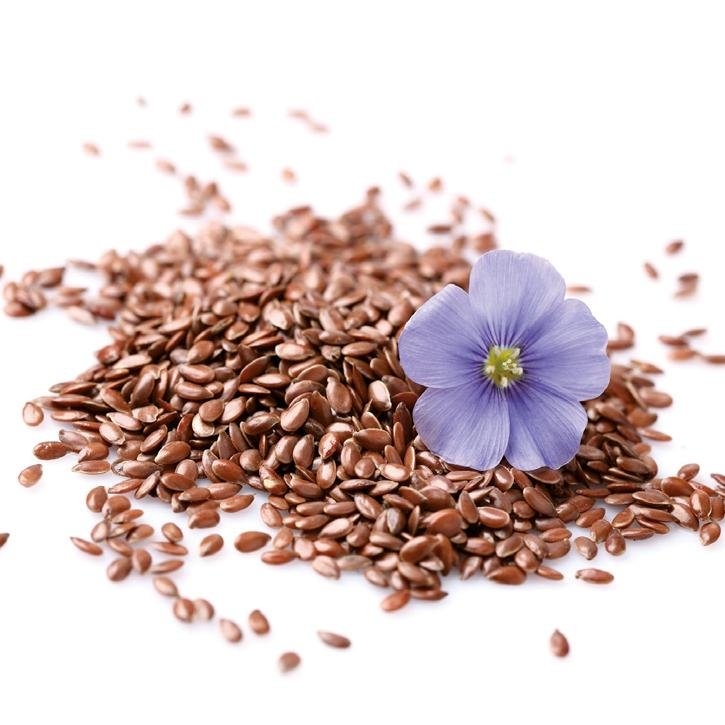It is an herbaceous annual plant. There are two principal types of flax: the oleaginous flax, cultivated for its seminal oil, and textile flax, cultivated for its stem fibers. Plant’s height goes from
Its indigenous of the Middle East and it is cultivated, nowadays, in most countries with moderate weather, in both Europe and
Seeds are used and are also known as linseed.
Internal use
External use
Plantas Medicinales. Margarita Fernandez y Ana Nieto. Ed Universidad de Navarra. EUNSA 1982.
Matière Médicale. RR Paris- H. Moyse. Masson 1981.
Guía de Campo de las Flores de Europa. Oleg Polunin. Ediciones Omega S.A. Barcelona, 1977.
Guía de las Plantas Medicinales. Paul Schauenberg y Ferdinand Paris. Ediciones Omega S.A.
El gran libro de las Plantas Medicinales. Editorial Everest. S.A.
Plantes Médicinales des Régions Tempérées. L. Bézanger-Beauquene, Pinkas, Torck, Trotin.
Plantas Medicinales. Thérapeutique-Toxicité. Christiane Vigneau. Masson, Paris 1985.
Fitoterapia: Vademecum de Prescripción. Plantas Medicinales. Colaboran: Asociación española de médicos naturistas. Colegio Oficial de Farmacéuticos de Vizcaya.
Pharmacognosy, Phytochemistry, Medicinal Plants. Jean Bruneton. Lavoisier Publishing.
Plantas Medicinales. El Dioscórides Renovado. Pio Font Quer.
Pharmacopée Française IX Édition.
farmacognosia 2ª Edición. Jean Bruneton. Ediciones Acribia S.A. 2001.
Bulletin officiel Nº 90/22 bis. Ministère des Affaires Sociales et de la Solidarité.
French Public Health Code.
Bross B. Plantas y sus aceites esenciales. Ed. Omega, 1994.
Martindale. The extra Pharmacopoeia 29th Edition. The Pharmaceutical Press 1989
The Complete German Commission E Monographs. Therapeutic Guide To Herbal Medicines. Mark Blumenthal. American Botanical Council 1998.
Pharmacognosy, Phytochemistry, Medicinal Plants. Jean Bruneton. Lavoisier Publishing.
Database Management Unit of the National Germplasm Resources Laboratory, Plant Sciences Institute (PSI), Beltsville Agricultural Research Center, Agricultural Research Service, U.S. Department of Agriculture.
Samuelsson, G. Drugs of Natural Origin. A Textbook of Pharmacognosy. Stockholm: Swedish Pharmaceutical Press, 1992, p. 69.
